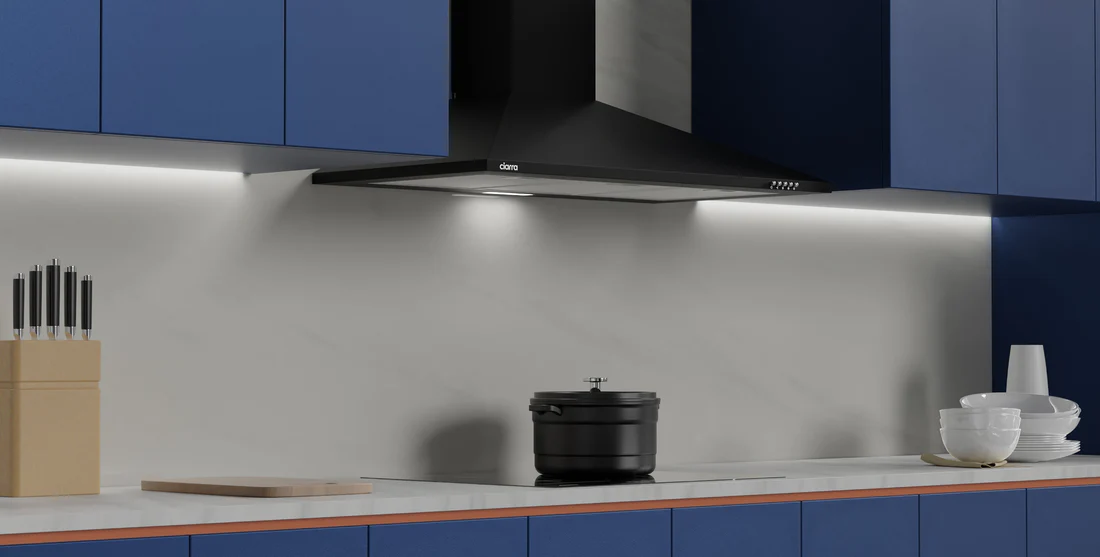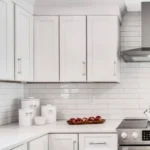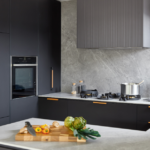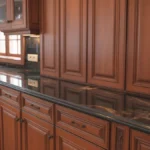When designing or upgrading a kitchen, one of the most overlooked yet essential appliances is the cooker hood. Beyond aesthetics, a cooker hood plays a crucial role in maintaining a clean, odor-free, and healthy cooking environment. It helps remove grease, smoke, and steam while enhancing air circulation. However, with so many styles and installation types available, choosing the right model for your specific kitchen layout can feel overwhelming. Understanding how your kitchen’s size, structure, and ventilation setup work together can help you select the best option — whether you’re cooking daily meals or hosting weekend feasts.

Content
Understanding Your Kitchen Layout
Before deciding on a cooker hood, it’s important to analyze your kitchen layout. The location of your cooking area, ceiling height, and available wall space will determine which hood design fits best. The most common layouts include wall-mounted kitchens, island setups, corner kitchens, and compact galley kitchens. Each one demands a slightly different type of ventilation system.
For example, in a traditional wall-mounted kitchen where the stove is placed against a wall, a wall-mounted chimney hood is typically the most efficient choice. These hoods are installed directly above the hob and vent air through the wall behind them. They are ideal for medium to large kitchens with external venting options.
In contrast, if your cooking station is located on an island or peninsula, an island cooker hood is the way to go. Suspended from the ceiling, it efficiently removes smoke and steam from open cooking areas while also serving as a striking design centerpiece. Since island hoods are exposed on all sides, they tend to be wider and more powerful to capture fumes effectively.
Compact Kitchens and Space-Saving Options
Not every kitchen has the luxury of space, and that’s where compact and innovative designs like integrated or under-cabinet hoods come in. These are perfect for smaller layouts such as galley or apartment kitchens. An under-cabinet hood fits neatly beneath overhead storage units, maintaining a sleek look without sacrificing functionality. Similarly, integrated hoods are hidden within cabinetry, offering a minimalist appeal while still providing adequate ventilation for daily cooking tasks.
For even more flexibility, modern portable solutions like the Ciarra One have gained popularity. This type of cooker hood is designed for convenience and mobility — ideal for small apartments, rented spaces, or even temporary setups. It provides the benefits of air purification and odor reduction without the need for complicated ducting or permanent installation. Such designs show how modern innovation continues to make kitchen ventilation accessible to every home size and lifestyle.
Ducted vs. Ductless Systems
Another key decision lies in whether to choose a ducted or ductless cooker hood. Ducted models vent the air outside, offering superior performance and odor removal. They’re best suited for homes where external venting is feasible, such as standalone houses. Ductless hoods, on the other hand, filter and recirculate the air back into the kitchen through carbon filters. They are easier to install and are ideal for apartments or kitchens without external vents. The Ciarra Hood To Go, for instance, utilizes advanced filtration technology to deliver effective odor control without needing a duct system.
Matching Power and Design
A cooker hood’s performance is measured by its extraction rate — the volume of air it can move per hour. Larger kitchens and those that see frequent frying or grilling should opt for higher extraction rates to ensure cleaner air. A general rule is that the cooker hood should be as wide as the hob, if not slightly wider, for maximum coverage.
When it comes to design, there’s no need to compromise style for functionality. Today’s cooker hoods come in a range of finishes — stainless steel, glass, matte black, and even retro-inspired models — allowing them to complement any kitchen aesthetic. Sleek touch controls, LED lighting, and quiet motors also enhance both usability and comfort.
Final Thoughts
The best cooker hood for your kitchen layout depends on a combination of factors — size, installation type, and ventilation options. Wall-mounted and island hoods suit larger, open kitchens; integrated and under-cabinet styles fit compact areas; and portable solutions like the Ciarra Hood To Go offer modern flexibility for dynamic living spaces. Ultimately, the goal is to find a hood that not only enhances air quality but also blends seamlessly with your kitchen’s design and daily rhythm. By making an informed choice, you ensure that your cooking environment remains both stylish and healthy for years to come.

Christine Kelley is a dedicated home blogger who has been blogging for over six years. She covers everything home related. Christine also loves writing posts about her travels to Europe with her husband and two children.












